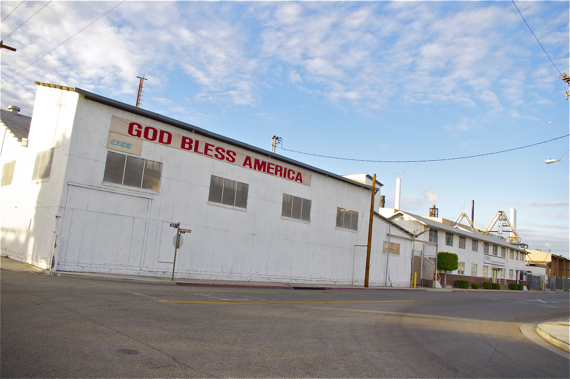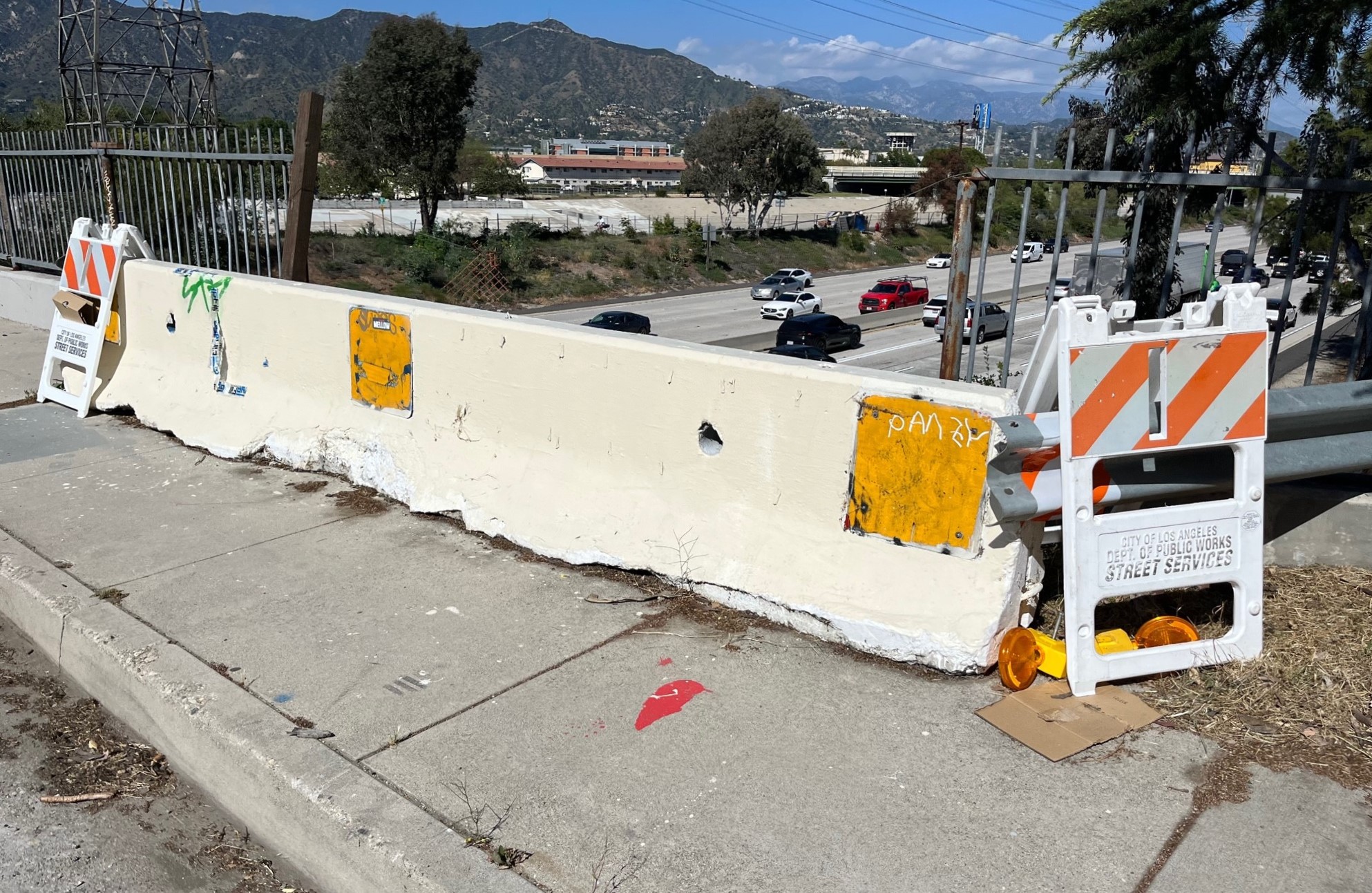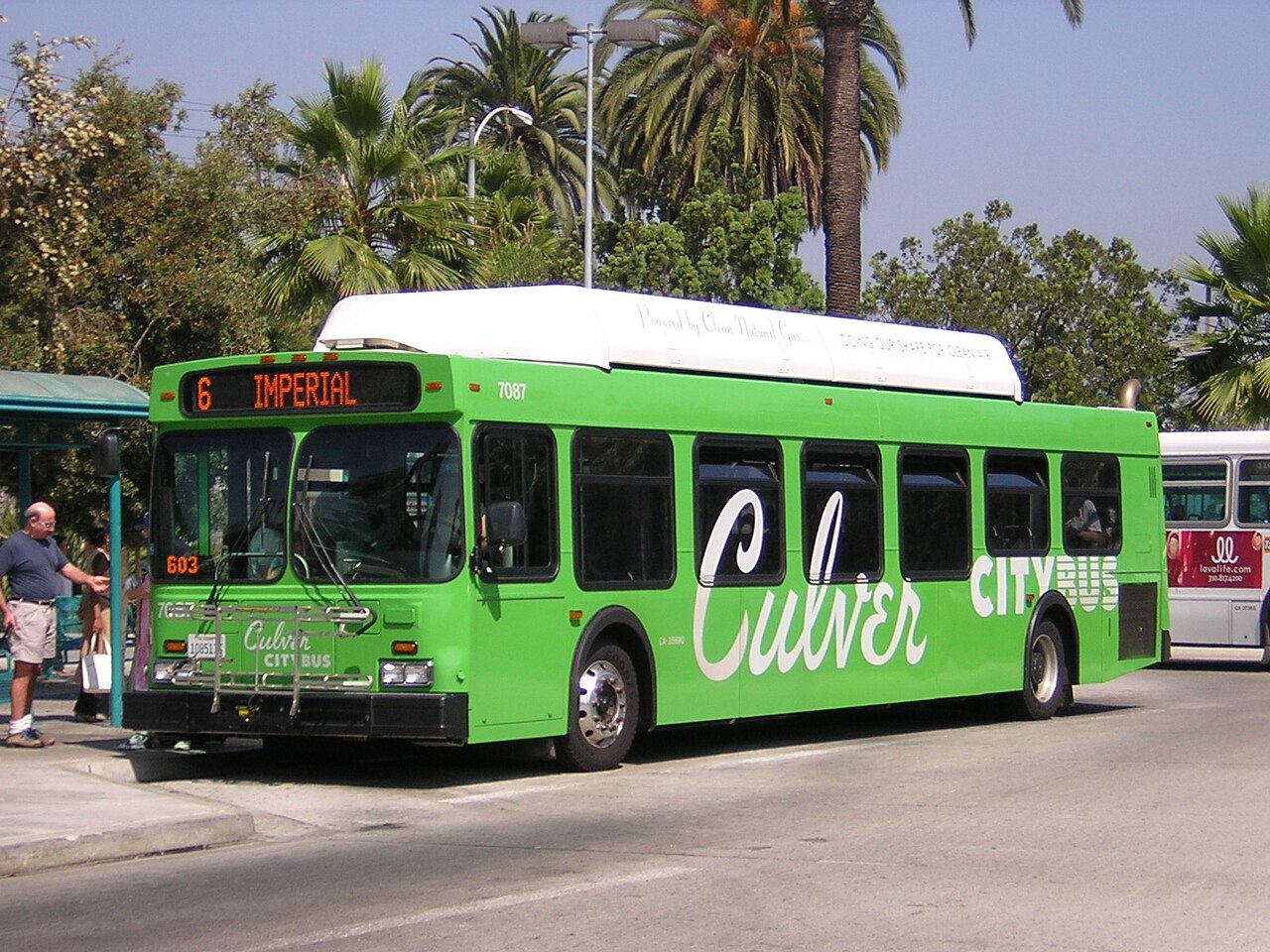DTSC Issues Eight Violations Against Exide after Inspection of Shuttered Facilities
1:52 PM PST on January 28, 2015

A press release sent out by the Department of Toxic Substances Control (DTSC) this morning states that the DTSC has issued eight violations of state hazardous waste laws against embattled Vernon lead-acid battery recycler Exide for violations discovered during recent facility inspections it conducted with the U.S. Environmental Protection Agency.
The violations are of concern.
Exide was ordered to cease smelting operations in March of 2014 because of its struggle to comply with new rules issued by the South Coast Air Quality Management District (SCAQMD). The rules, approved in January of 2014, established requirements for the reduction of arsenic emissions and other key toxic air contaminant emissions, set requirements for ambient air concentration limits for arsenic, as well as hourly emission limits of arsenic, benzene, and 1,3-butadiene (all known carcinogens), and contained additional administrative, monitoring, and source testing requirements for stack emissions at lead-acid battery recycling facilities.
Unwilling to take responsibility for the health risk assessment, which had found that arsenic emissions from the plant posed an elevated cancer risk to as many as 110,000 people living in surrounding areas, and displeased by the more stringent emissions standards which required that Exide install costly new “negative pressure” air filtering equipment by April 10, 2014, Exide promptly sued.
To the relief of most residents, Exide lost its appeals and was forced to remain closed while cleaning up the facilities and making the required upgrades to the plant.
Which means that the current set of violations are a result of Exide's failure to properly manage the very processes intended to help it operate more cleanly.
In the press release, DTSC inspectors cite the "treatment of contaminated sludge in tanks that Exide is not authorized to operate at its Vernon facility" and the failure to "sufficiently protect against spills in an area where [Exide] stores materials, including battery acid" as being among its more egregious violations.
Terrible as they sound, these violations may not necessarily come as a huge surprise. For some time, the DTSC has accused Exide of failing to paint an accurate picture of the amount of lead-contaminated waste on the site, the sites and containers in which it is be located, the safety assessments of tanks holding hazardous waste to withstand earthquakes, or even the kinds of sampling that would need to be conducted after-the-fact to ensure the site was properly cleaned up.
Which is probably why I found the statement that the DTSC "notified Exide that it must immediately take steps to ensure that rain cannot enter the building" by addressing the "holes in the walls and ceiling of the building" inspectors had spotted to be somewhat more alarming.
At first, I thought my alarm stemmed from having spent too much time looking at some of the photos of inspectors in hazmat suits making their way past piles of waste and corroded walls in the interior of the plant (below) and imagining what kind of horrible damage that could do if it ended up in our waterways (see more here).
But it probably stems from Exide's long history of environmental negligence, having contributed “through deposition, approximately 424 lbs. of lead in both 2004 and 2005 and 712 lbs. of lead in 2006 to the watershed,” and the current charge that Exide had "failed to minimize the possibility of any unplanned sudden or non-sudden release of hazardous wastes or hazardous waste constituents to air, soil, or surface water" by not addressing corroded pipes (something it has also had problems with in the past).

The DTSC and EPA inspectors evaluated the plant over a two-day period last week and also conducted some oversight of activities at the plant on December 12, 2014.
The evaluation was part of the DTSC's ongoing assessment of Exide's third application for a formal permit allowing it to handle hazardous waste. [As Exide-watchers may know, Exide took over operations at the Vernon site from Gould-National Battery in 2000, but didn’t submit a formal permit application until 2011. The DTSC found its 2011 application to be deficient, as well as that submitted in 2012, and the most recent 2014 application. The DTSC is currently reviewing Exide's revision of its 2014 application and has until the end of 2015 to either grant the permit or begin the process of shutting down the plant for good.]
With regard to Exide's most recent violations, the DTSC states it has "directed Exide to protect public health by immediately stopping all violations."
And while area residents will likely note with chagrin that that sort of language has held little sway with Exide in the past, the DTSC has imposed a deadline of 10 days within which Exide must submit documentation that the violations have been addressed. Should they fail to do so, they will face penalties and, possibly, additional enforcement actions.
If you'd like to see the summary of all eight violations, you can find that here. General information on DTSC's interactions with Exide can be found at their website, here.
Sahra is Communities Editor for Streetsblog L.A., covering the intersection of mobility with race, class, history, representation, policing, housing, health, culture, community, and access to the public space in Boyle Heights and South Central Los Angeles.
Stay in touch
Sign up for our free newsletter
More from Streetsblog Los Angeles
LAPD Was Crossing Against Red Light in Crash that Killed Pedestrian and Injured Six in Hollywood
The department says the officers had turned on their lights and sirens just before crossing, but won't say why they did so.
Freeway Drivers Keep Slamming into Bridge Railing in Griffith Park
Drivers keep smashing the Riverside Drive Bridge railing - plus a few other Griffith Park bike/walk updates




